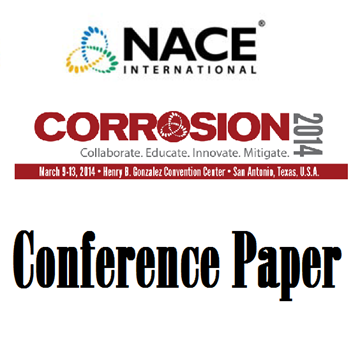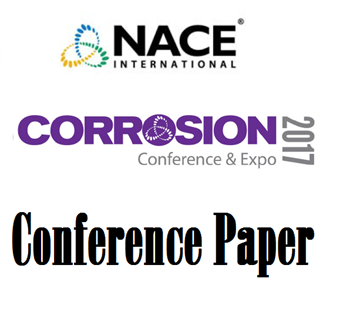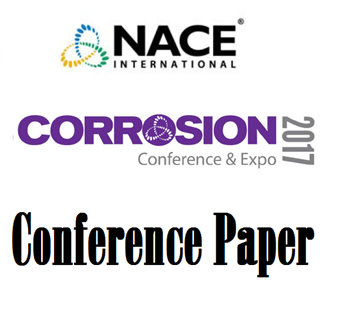Search
NACE Conference Papers
View as
Sort by
Display
per page
Mercury Liquid Metal Embrittlement Testing of Oil and Gas Production Alloys
Product Number:
51314-3993-SG
ISBN:
3993 2014 CP
Publication Date:
2014
$20.00
Metallurgical Analysis of Hydrotested 20-Inch Natural Gas Pipeline
Product Number:
51321-16330-SG
Publication Date:
2021
$20.00
Metallurgical and Micostructural Effect on CVN Impact Toughness in 2,25Cr1Mo Weld Metal
Product Number:
MPWT19-15280
Publication Date:
2019
$0.00
Metallurgical Aspects of HTHA in CS Below Traditional Nelson Curve Values
Product Number:
51320-15062-SG
Publication Date:
2020
$20.00
Methodology For The Evaluation Of Batch Corrosion Inhibitor Films And Their Integrity
Product Number:
51321-16632-SG
Publication Date:
2021
$20.00
Methodology Of Batch Inhibition Applied For TLC Mitigation
Product Number:
51321-16751-SG
Publication Date:
2021
$20.00
Methodology to Estimate Edge Effect on Direct Current Cathodic Protection Coupons
Product Number:
51317--8976-SG
ISBN:
8976 2017 CP
Publication Date:
2017
$20.00
Methods of Monitoring Reinforced Concrete Corrosion in Formulations for Nuclear Facilities
Product Number:
51317--9154-SG
ISBN:
9154 2017 CP
Publication Date:
2017
$20.00
MIC Impact on Mechanical Property Degradation of X80 Pipeline Steel by A Sulfate Reducing Bacterium
Product Number:
51321-16274-SG
Publication Date:
2021
$20.00
Micellization And Inhibition Efficiency
Product Number:
51321-16872-SG
Publication Date:
2021
$20.00
Microbial Corrosion Diagnosis Using Molecular Microbiology Methods: Case Studies
Product Number:
MPWT19-14427
Publication Date:
2019
$0.00












